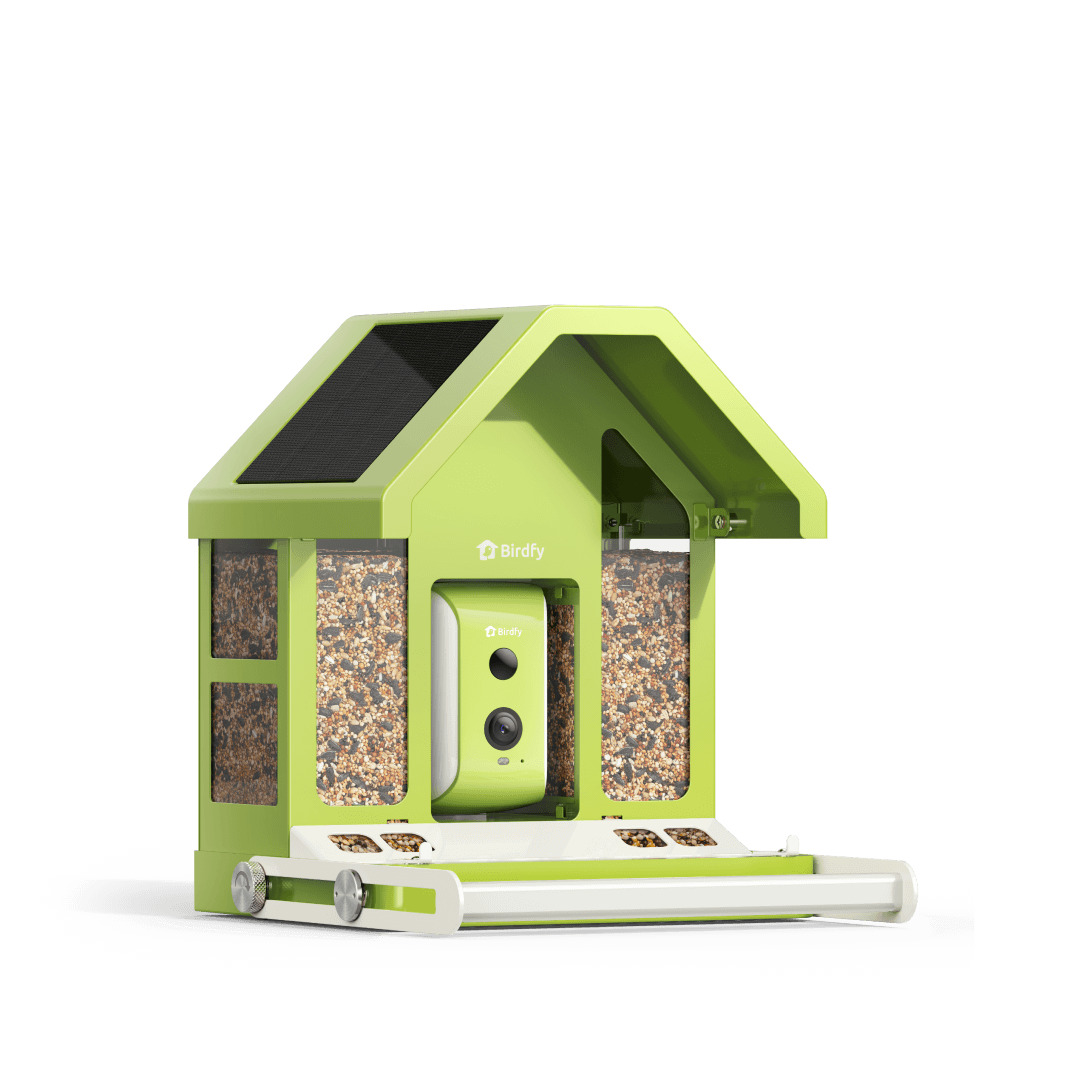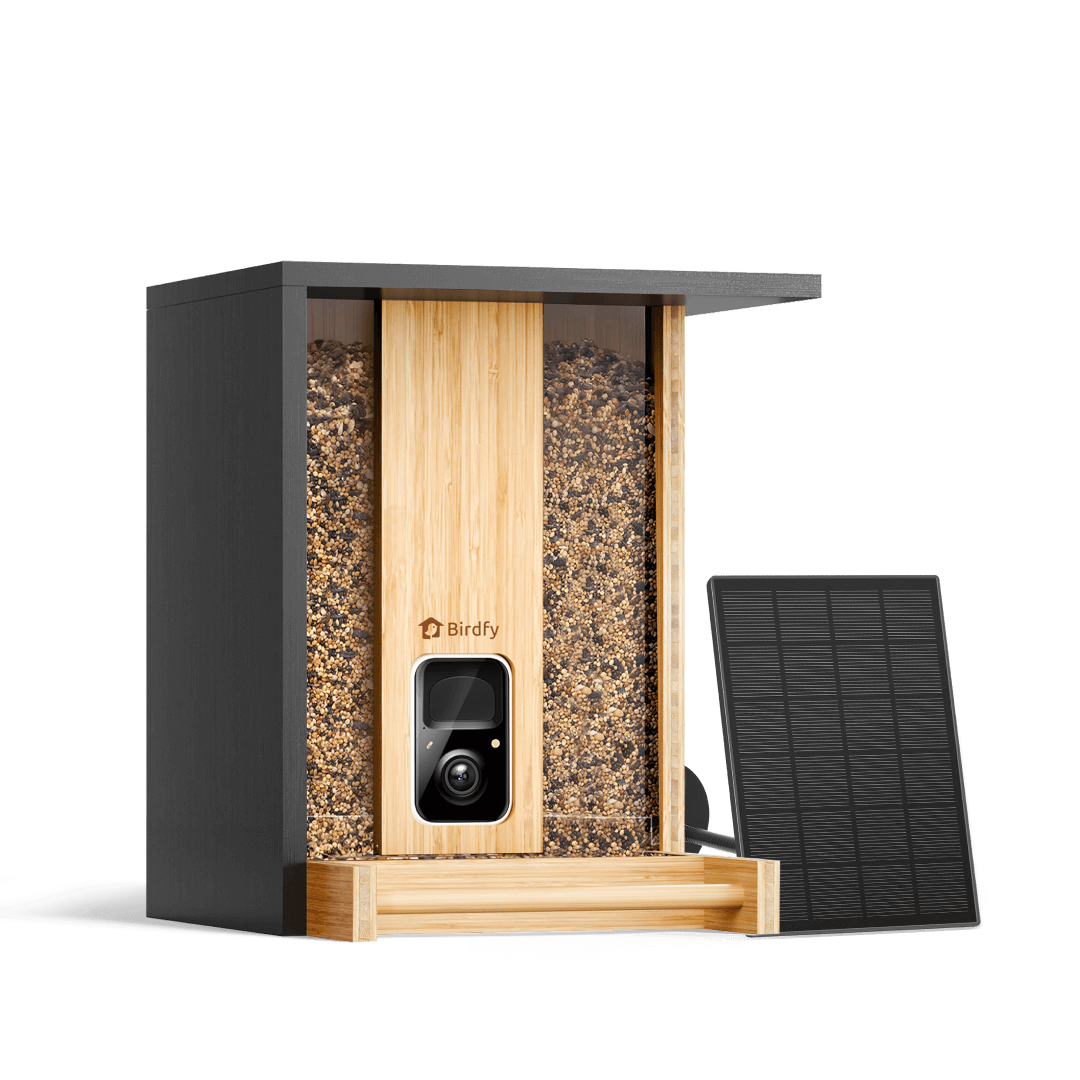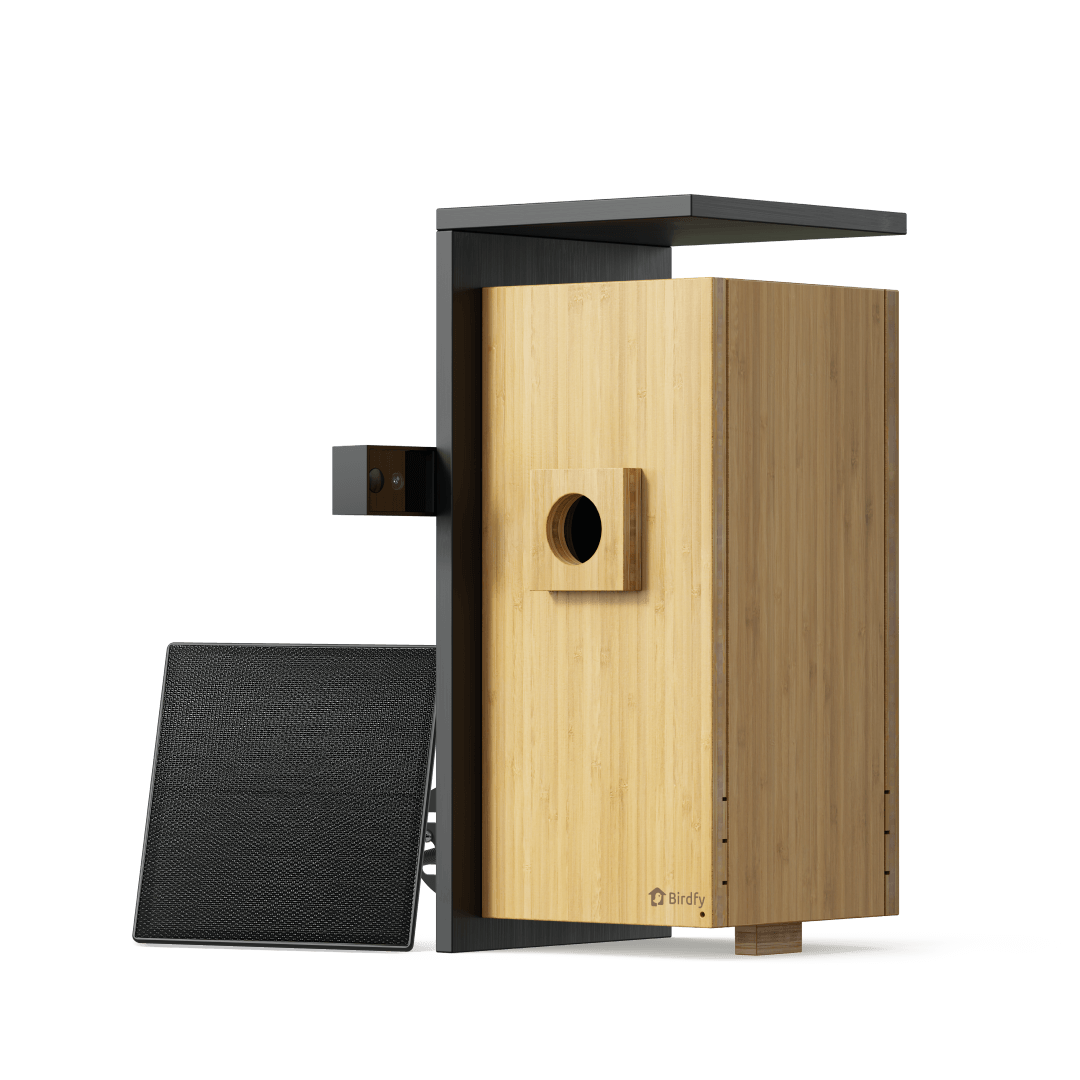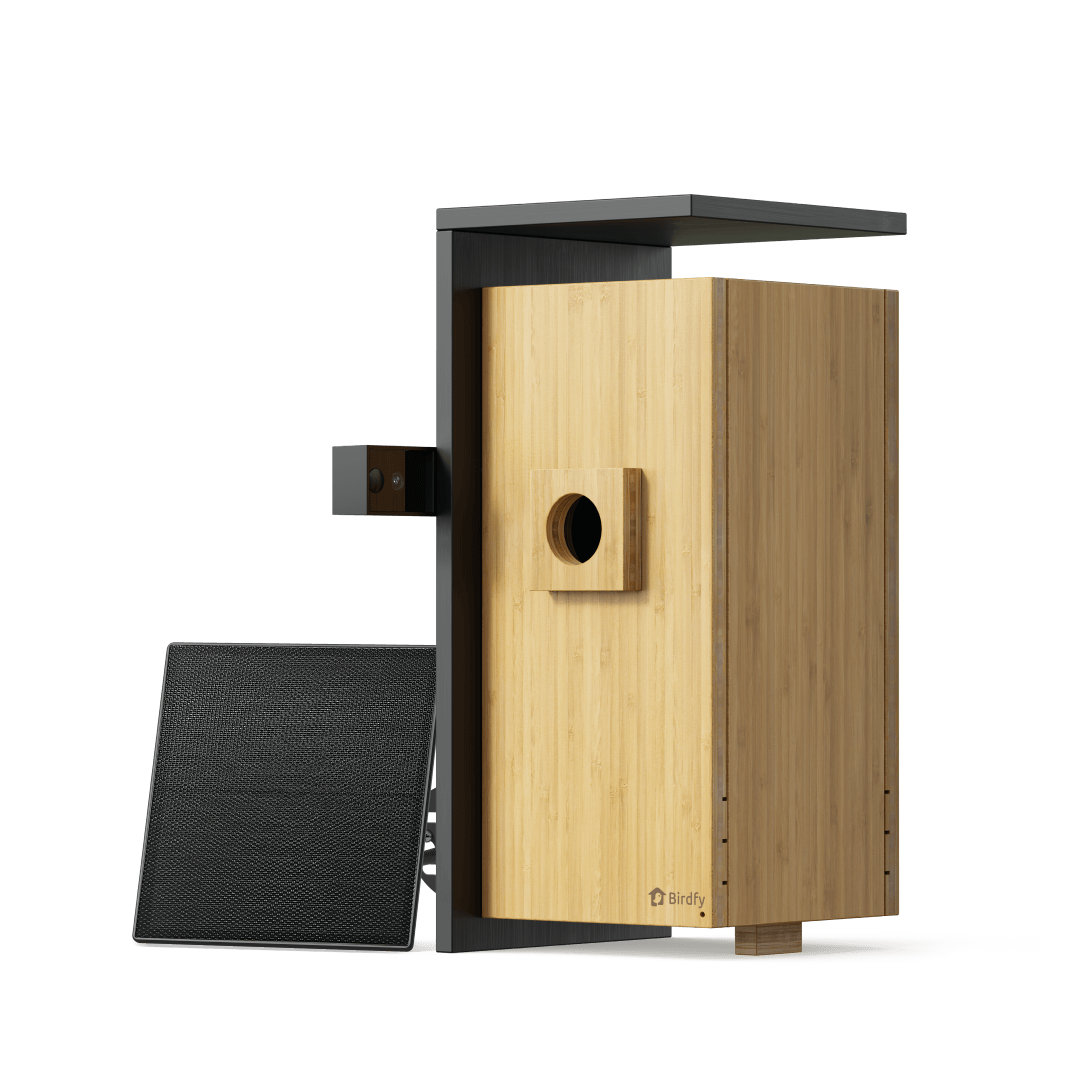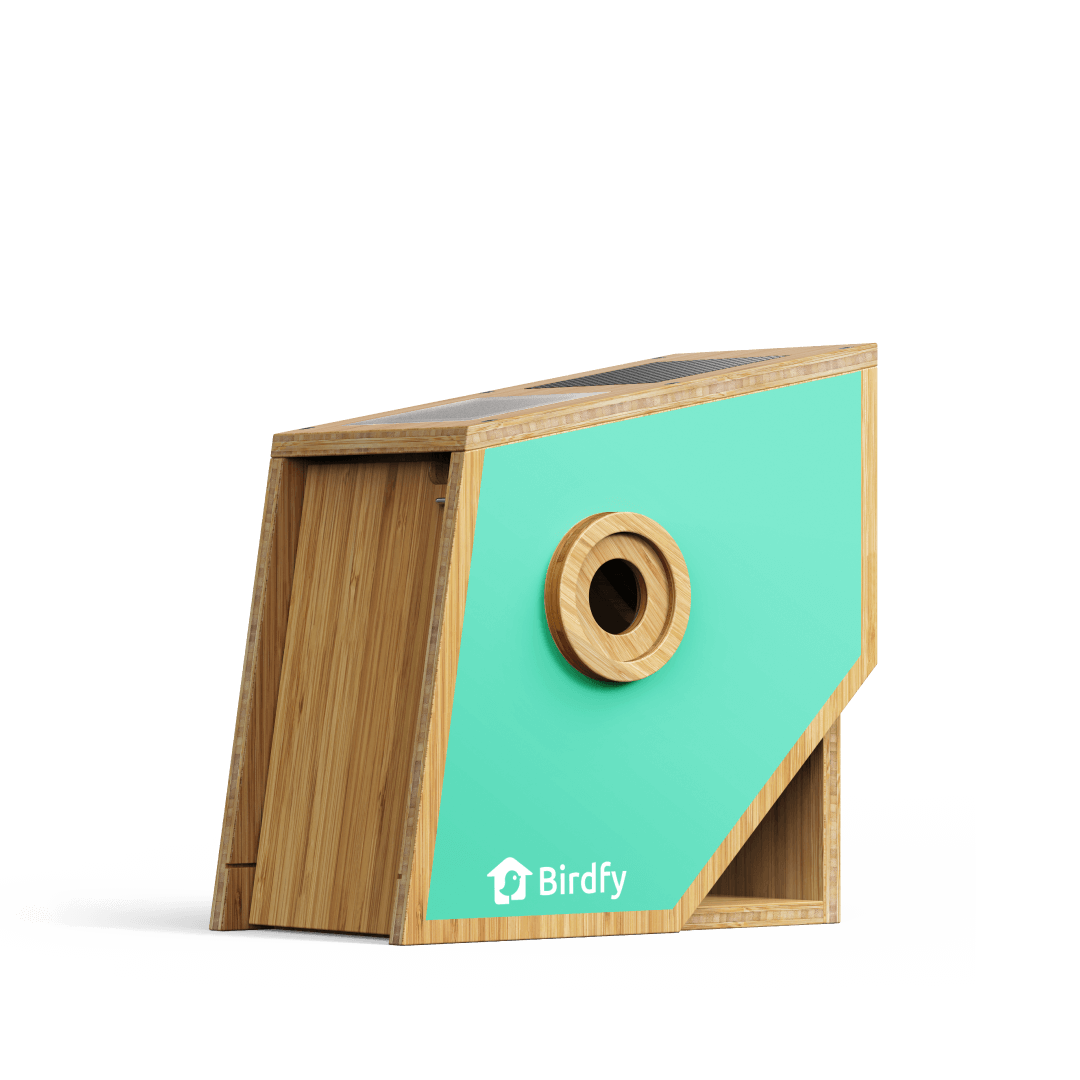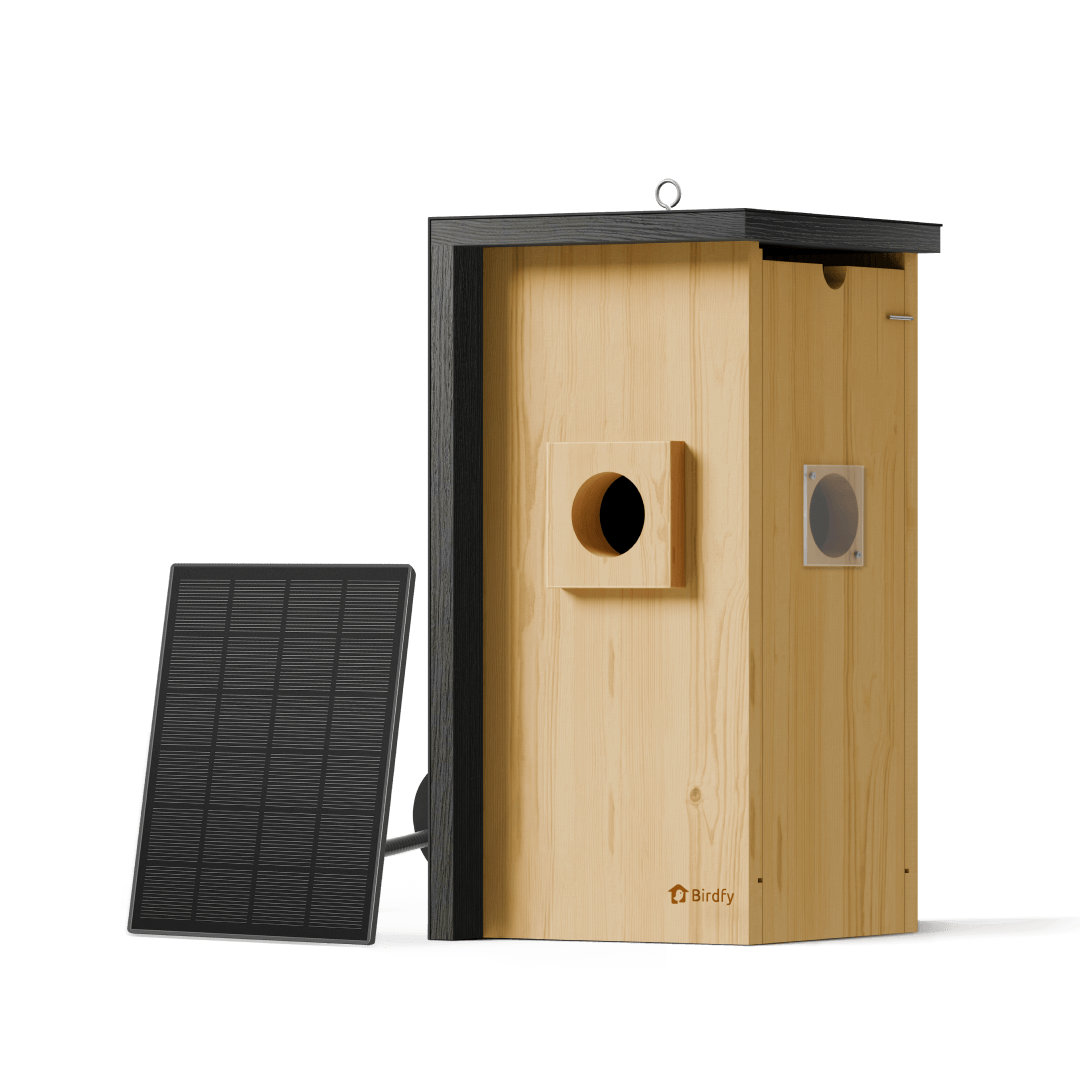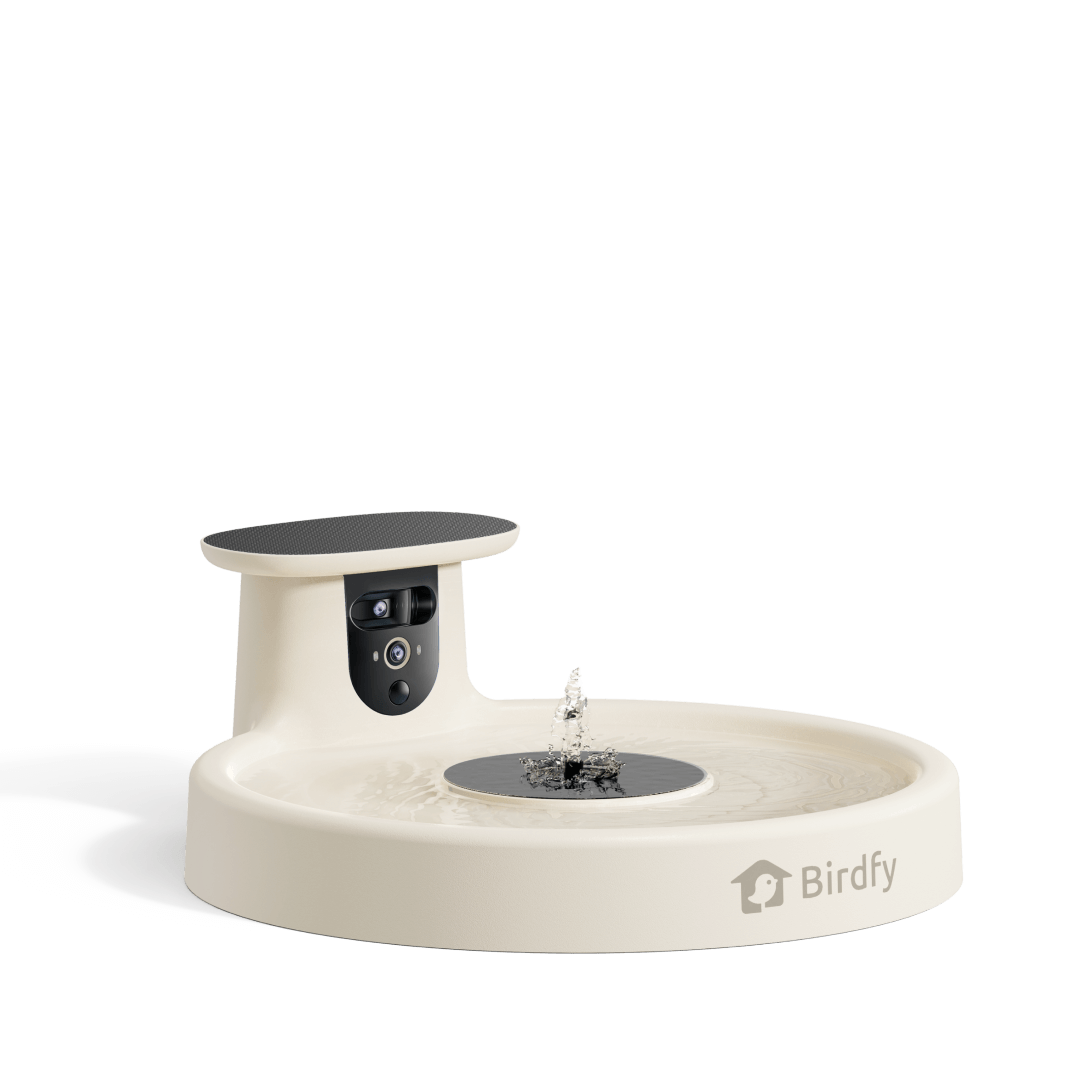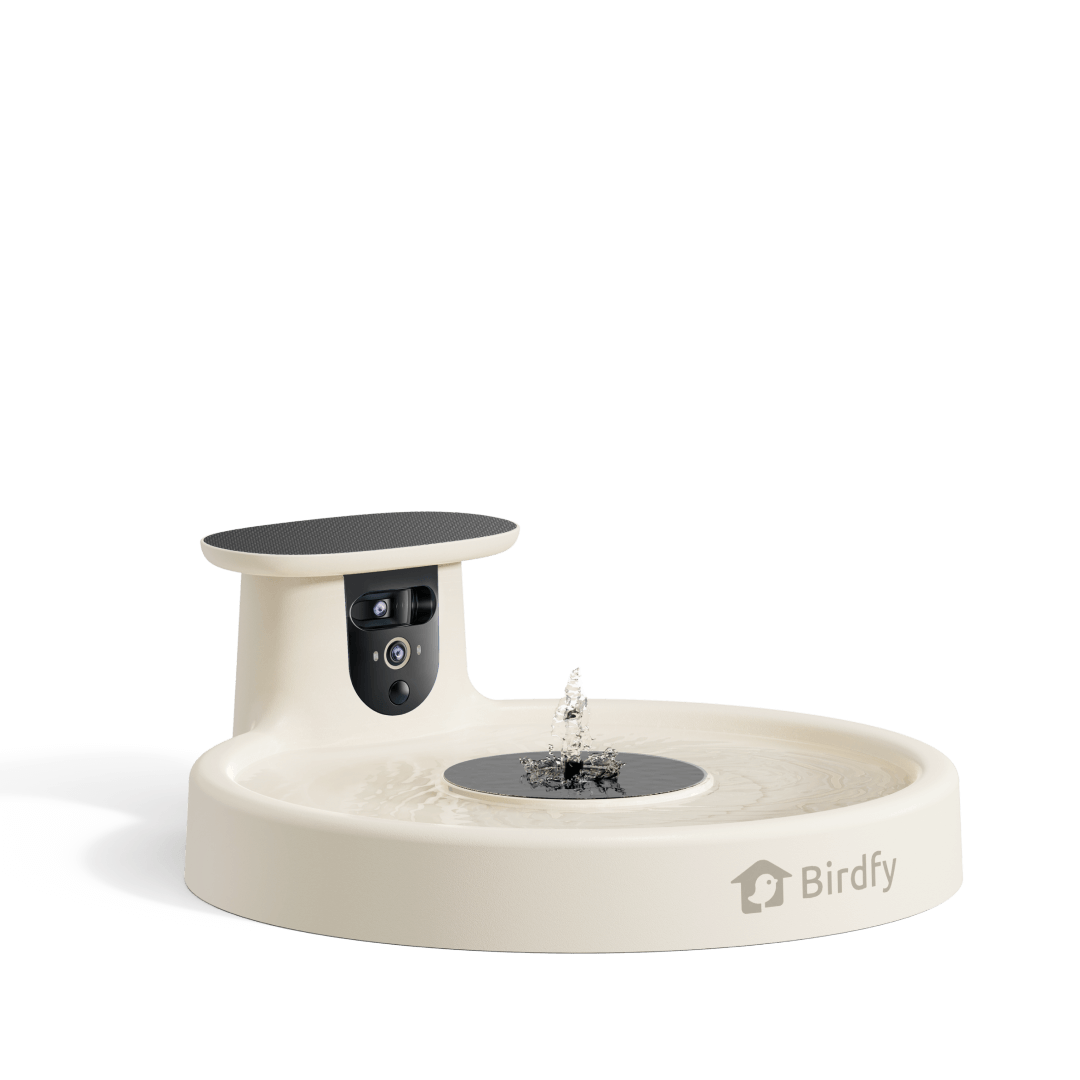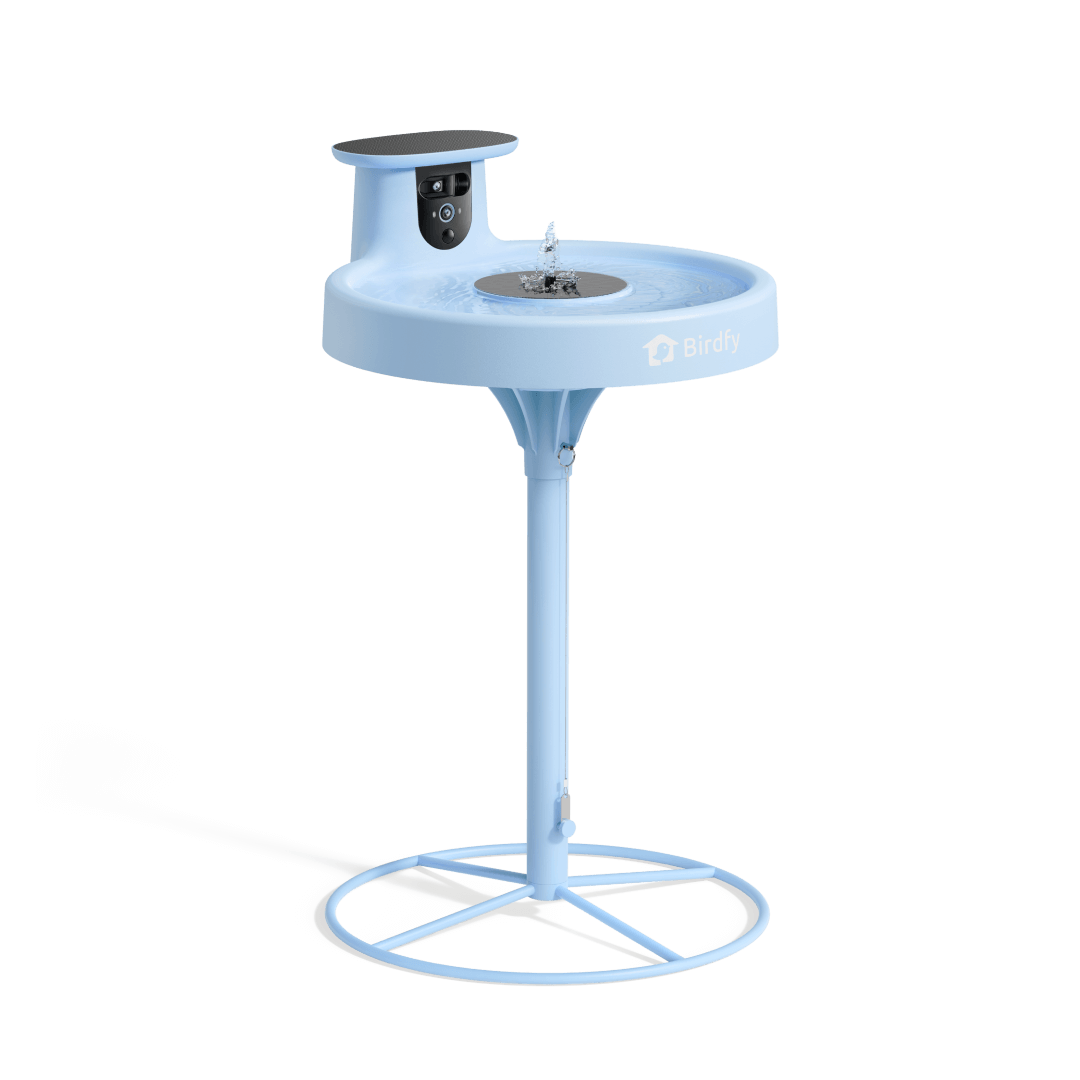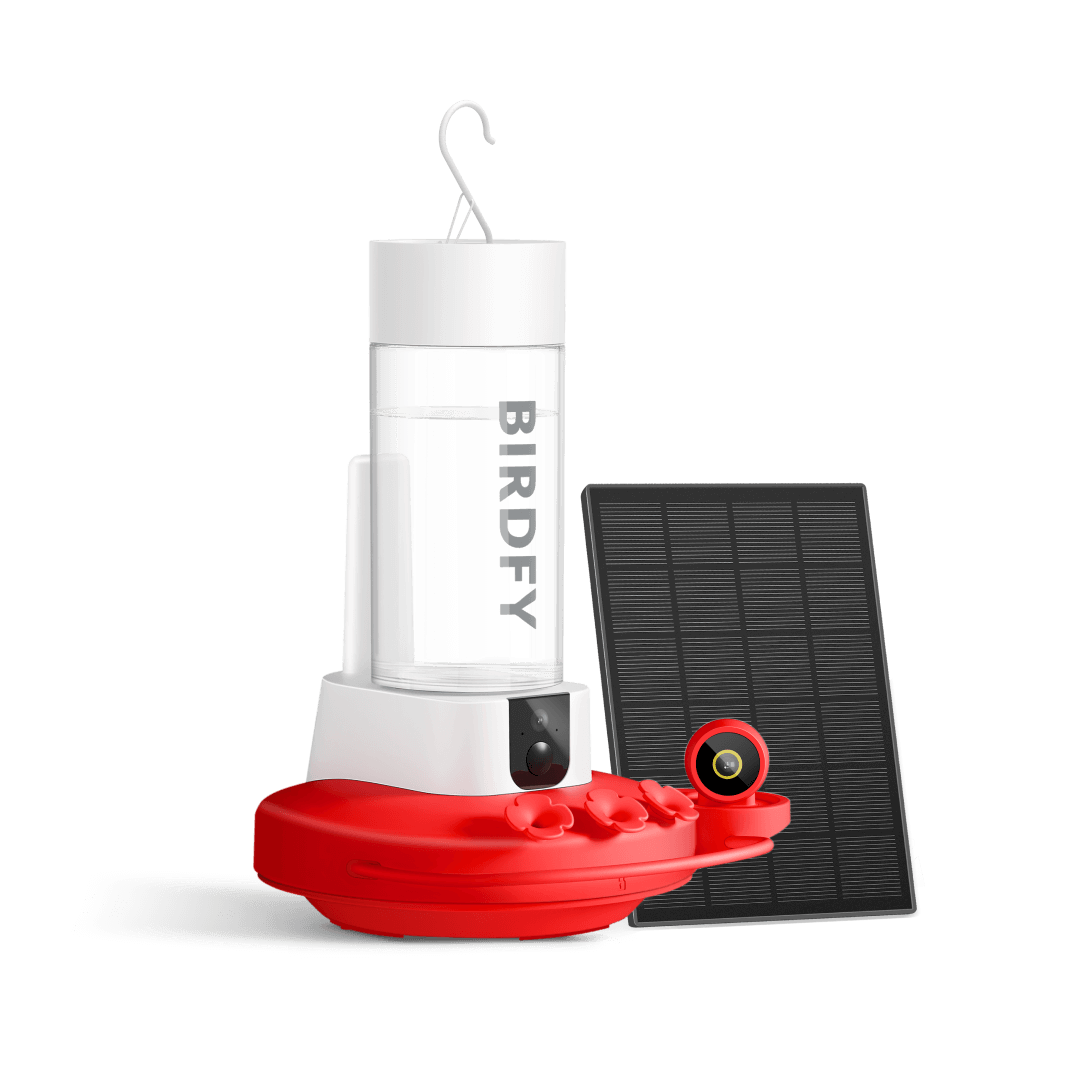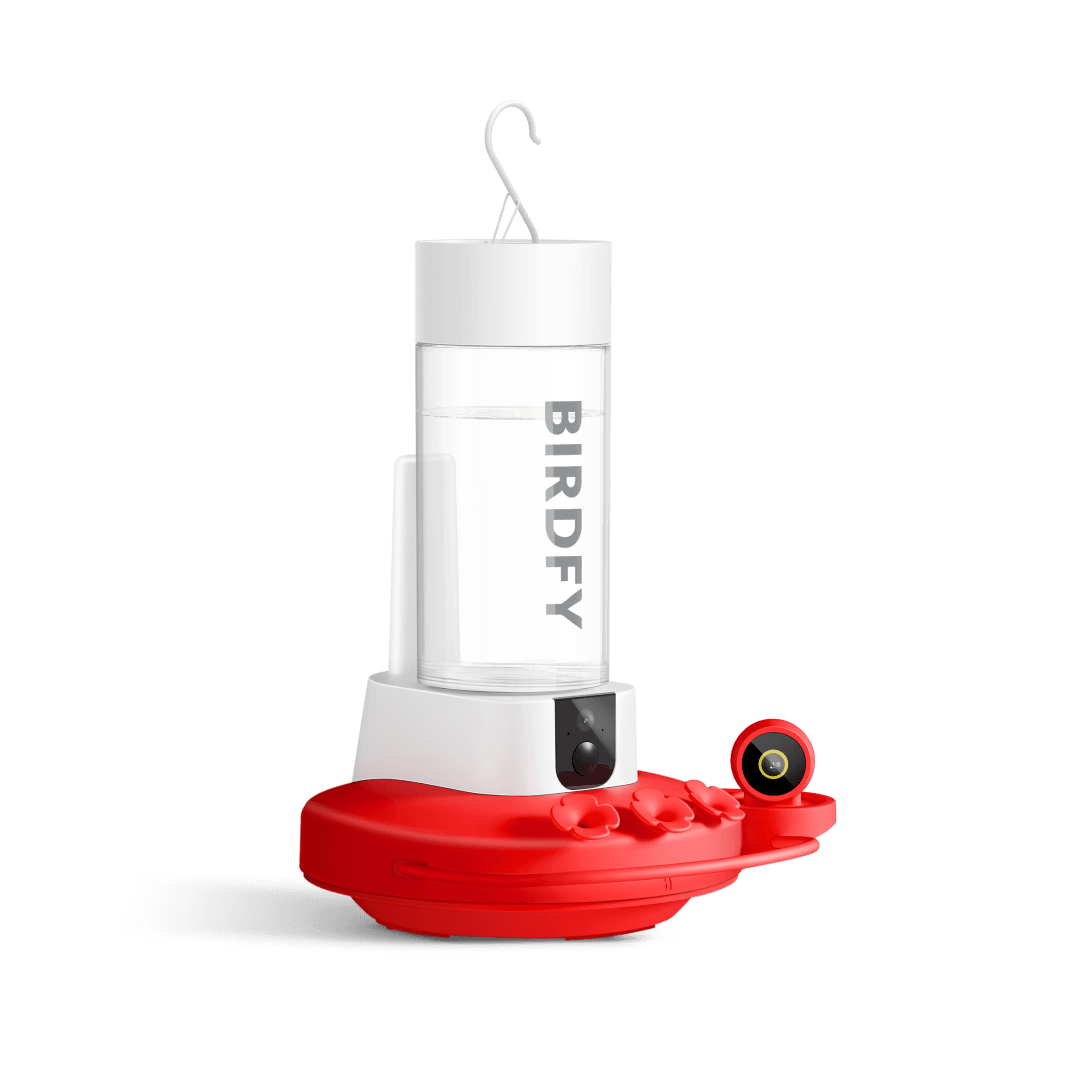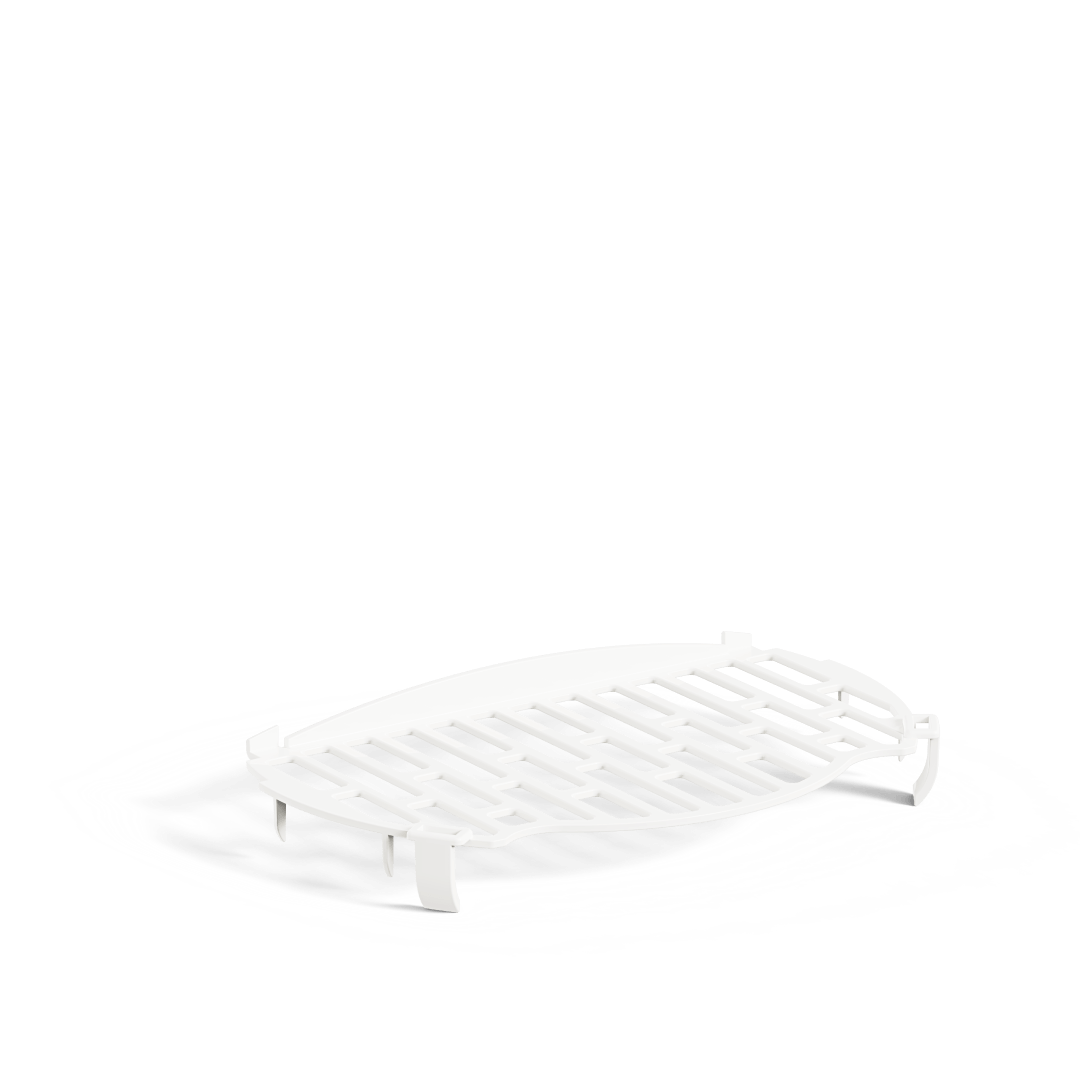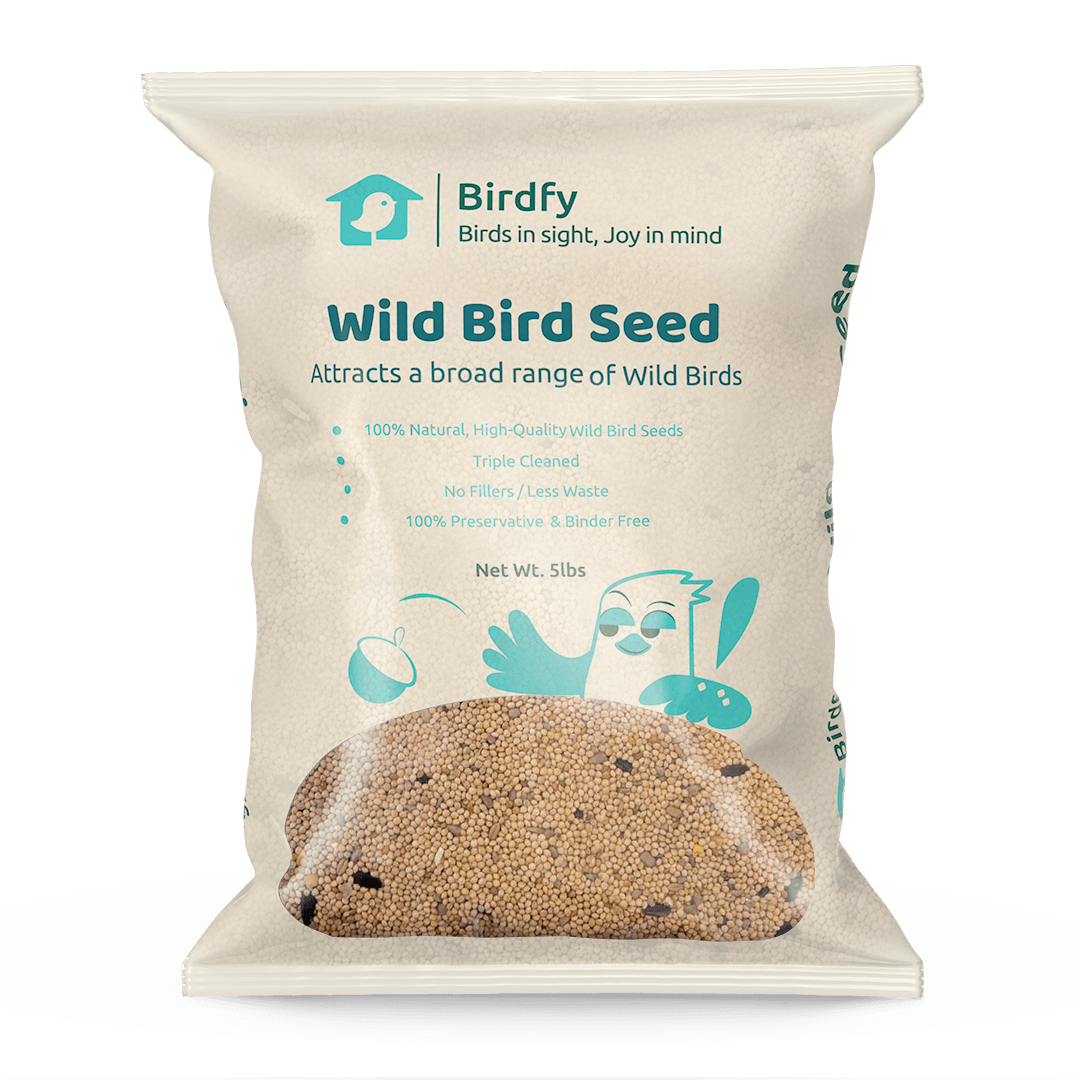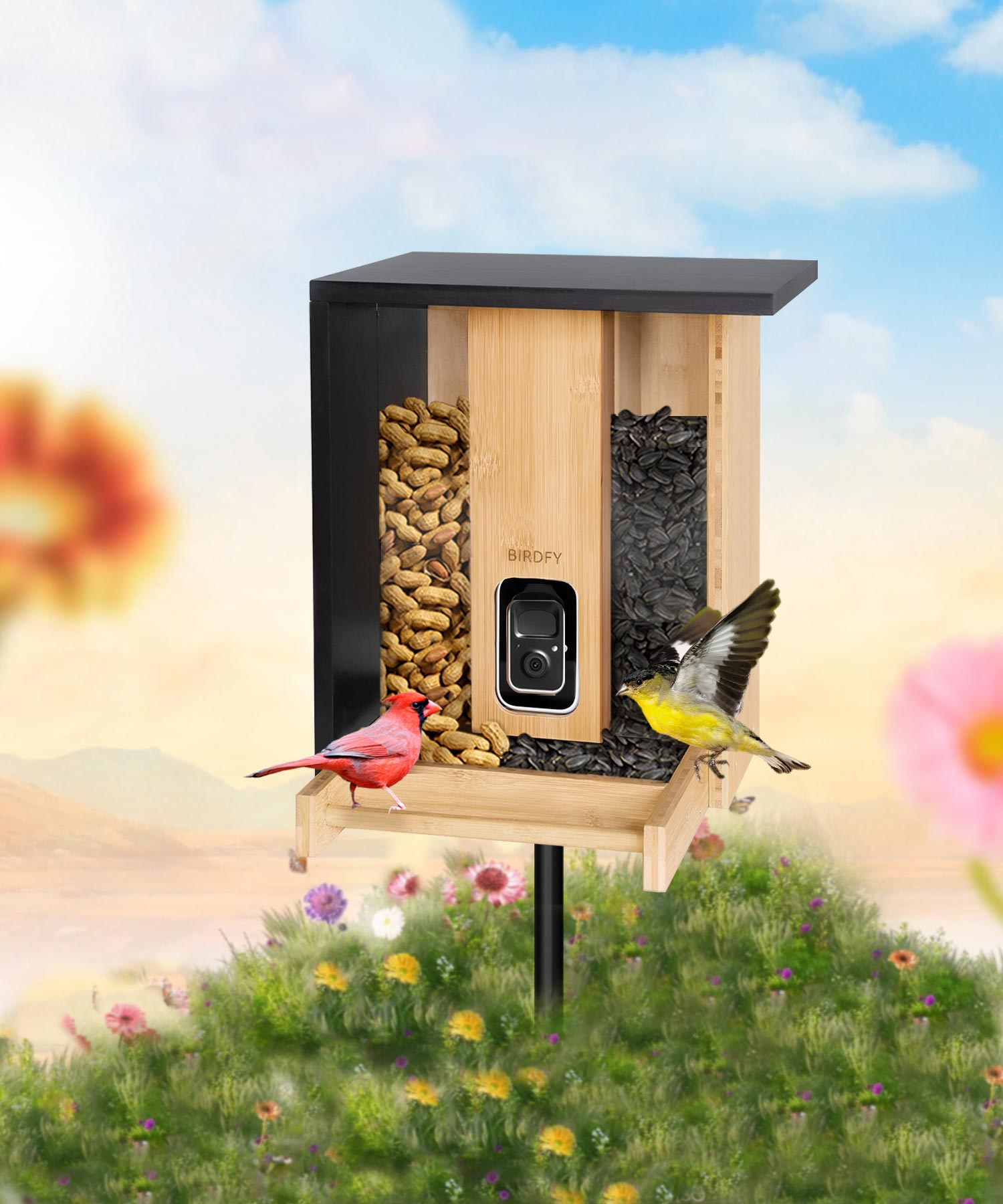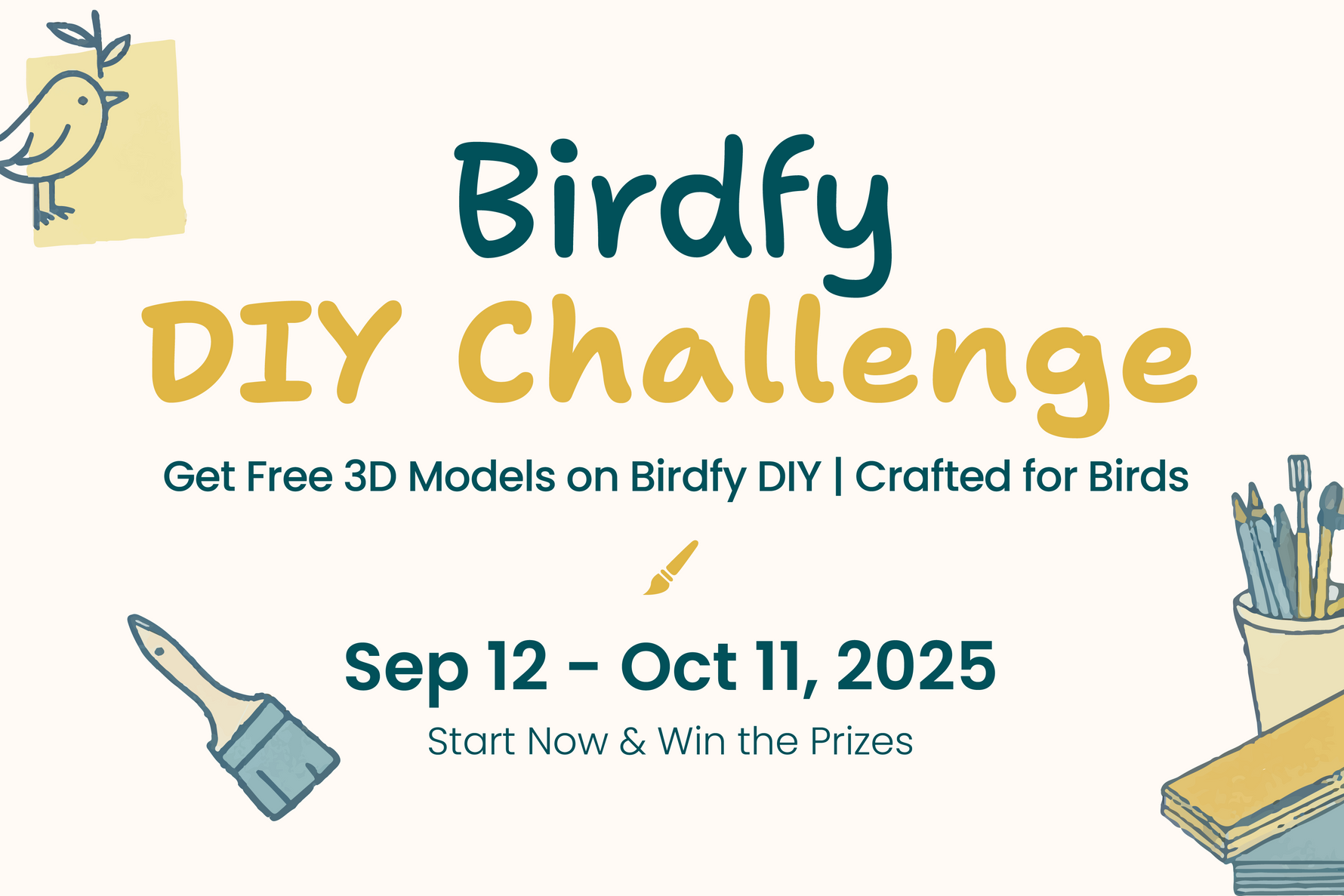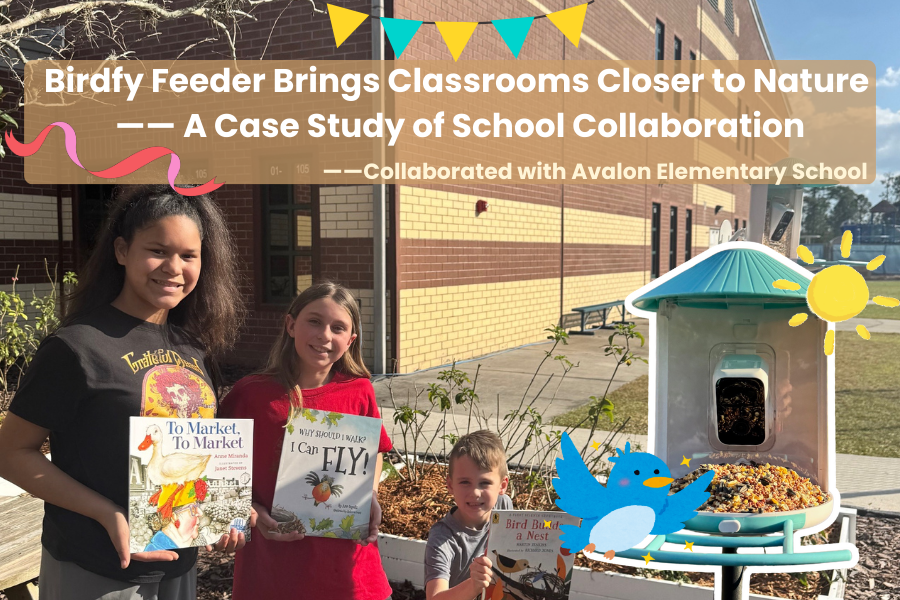22 Beautiful Blue Colored Birds: A Symphony In Blue
Birds, particularly those with a blue hue, are some of the most magnificent things that can be witnessed in nature. They include bright colors and varied patterns that would make bird watchers and nature lovers drool. These fantastic creatures live everywhere, from tropical rainforests and deserts to neighborhoods, cities, and tropical isles. Their species members can be distinguished through specific characteristics such as the shimmering plumage of the Blue Cotinga or the mere size and Wing span of the Hyacinth Macaw.

In this article, you will learn more about 22 beautiful blue bird species, including their natural environment, appearance, size, life span, diet, mating habits, and other interesting features and facts. Learn about their role in the niche, their activity, and the unique features that have led to their evolution. Get ready to be captivated by the beauty and elegance of these blue-winged beauties!
1. Eastern Bluebird (Sialia sialis)

Habitat: Eastern Bluebirds are found in open woods, fields, pasturelands, and orchards all over the eastern parts of North America.
Appearance: Males, in particular, are bright bluish above with a rusty red in the throat and chest, while females have bluish wings and grayish underparts.
Characteristics:
· Beak Type: Thin and small, sharply pointed at both ends for catching insects and other small food.
· Feather Type: It is low-density, soft, and can be used as an insulating material.
· Weight: About 1.0 to 1.1 ounces or 28 to 32 grams of body weight in solid food.
· Size: 6.3–8.3 inches (16–21 cm) in length.
· Wing span: 9.8–12.6 inches (25–32 cm).
· Lifespan: Average of 6-10 years in the wild.
Feeding Habits: They are Carnivorous and feed on fruits and berries during wintertime.
Mating Habits: Monogamous; both male and female help construct the nest and care for the young babies.
Fun Facts: Though not gifted vocalists, these birds have sweet songs that include whistling and warbling, commonly known as the Eastern Bluebirds.
2. Blue Jay (Cyanocitta cristata)

Habitat: They live in forests, woodlands, and suburban localities of North America's eastern and central regions.
Appearance: They are large, with a crested head and upper breast light blue contrasting with the white belly; black is on the lower border of the crest, the primary wing coverts, the tail, and the lower belly.
Characteristics:
· Beak Type: Thick, black, and slightly bent are best for opening nuts.
· Feather Type: Black and blue with white spots on the breast and abdomen.
· Weight: 2.5–3.5 ounces (70–100 grams).
· Size: Measuring 9 to 12 inches or 23 to 30 centimeters long. Wing span: 13–17 inches (34–43 cm).
· Lifespan: The natural lifespan is approximately 7 years; the animals in captivity can live up to 14 years.
Feeding Habits: They are Omnivores that feed on nuts, seeds, fruits, insects, and, occasionally, bird eggs.
Mating Habits: Both sexes of blue jays mate for life as they are monogamous, and both male and female blue jays contribute to nest building.
Fun Facts: It has been observed that blue jays can reproduce the cries of hawks, which may be a measure of applying an element of deception during attacks.
3. Indigo Bunting (Passerina cyanea)

Habitat: These birds live in scattered thickets, open forests, and croplands from southern Canada to northern United States.
Appearance: Breeding males are bright blue, while females and other non-breeding males are brown with a hint of blue.
Characteristics:
· Beak Type: They are conical and stout, designed to consume seeds and nuts.
· Feather Type: Males: iridescent blue; females: brown.
· Weight: 0.4–0.6 ounces (12–18 grams).
· Size: 4.5–5.1 inches (11.5–13 cm) in length.
· Wing span: 7.5–8.7 inches (19–22 cm).
· Lifespan: Typically 3–5 years in the wild.
Feeding Habits: It feeds on seeds, berries, and small insects.
Mating Habits: Male blue jays sing to gain access to females, while female blue jays build nests to raise young ones.
Fun Facts: The Indigo Buntings move at night and travel depending on the stars.
4. Mountain Bluebird (Sialia currucoides)

Habitat: They prefer living in grassy plains, fields, and meadow habitats of western North America.
Appearance: The male is sky blue, while the female is gray-brown with blue undertones at the wings and tail.
Characteristics:
· Beak Type: Slender and long for this insect to be used in foraging for food.
· Feather Type: Soft with vibrant blue in males.
· Weight: 1.1 ounces (30 grams).
· Size: 6.3–7.9 inches (16–20 cm) in length.
· Wing span: 11–14 inches (28–36 cm).
· Lifespan: Up to 6 years in the wild.
Feeding Habits: They eat insects and berries, and invariably fly to capture meals.
Mating Habits: Being monogamous, they nest in cavities or nest boxes.
Fun facts: On the occasion of hunting the insects, the mountain bluebird can hover like a kestrel.
5. Blue Grosbeak (Passerina caerulea)

Habitat: Blue Grosbeaks inhabit shrubby fields, forest edges, and grasslands across the southern United States, Central America, and parts of Mexico.
Appearance: The males have deep blue plumage with two rusty-brown wing bars, while females are brown with lighter streaks.
Characteristics:
· Beak Type: Thick and conical, ideal for crushing seeds.
· Feather Type: Dense and smooth, with a metallic sheen in males.
· Weight: 0.9–1.1 ounces (26–31 grams).
· Size: 5.5–7.5 inches (14–19 cm) in length.
· Wing span: 11 inches (28 cm).
· Lifespan: Usually, it takes 5-8 years when the wild animals are free to mate.
Feeding Habits: They are Carnivorous and feed on seeds, insects, fruits, and seeds.
Mating Habits: Males produce deep-toned, beautiful calls to make the females respond. The females construct bowl-shaped nests in tall-growing vegetation where there is much undergrowth.
Fun Facts: Blue Grosbeaks are known to molt once in spring and at the beginning of the subsequent autumn.
6. Hyacinth Macaw (Anodorhynchus hyacinthinus)

Habitat: It is common to specific regions within South America, particularly in the tropical rainforests, savannas, and palm swamps.
Appearance: Hyacinth Macaws are the largest parrots, the feathers being bright blue with stunning yellow bare skin and a beak to match.
Characteristics:
· Beak Type: Large and convex on the outside and concave on the inside, powerful enough to break a nut.
· Feather Type: Smooth and shiny with shades of blue and touches of blue-violet.
· Weight: 2.6–3.7 pounds (1.2–1.7 kilograms).
· Size: 39 inches (100 cm) in length.
· Wing span: Up to 4 feet (120 cm).
· Lifespan: Approximately 50 years in the jungles, sixty to seventy years in captivity.
Feeding Habits: Their diet is nuts from palm trees, which are usually hard for other animals to chew.
Mating Habits: Hyacinth Macaws are monogamous, meaning that male and female partners are associates for their lifetime. Both have an active role in the nurturing of the young.
Fun Facts: Hyacinth Macaws, which live in South America, have the strongest beaks, which means they can exert over 300 pounds of pressure.
7. Tree Swallow (Tachycineta bicolor)

Habitat: Tree Swallows are widespread breeders across North America in various habitats, including marshes, lakeshores, and open fields.
Appearance: Appearance: They look bright, metallic blue-green on the back, have white underbelly, and are slight and slender.
Characteristics:
· Beak Type: Tiny and sharp, ideal for picking insects from the air.
· Feather Type: Smooth-coated and elongated to allow easy gliding.
· Weight: 0.6–0.7 ounces (17–20 grams).
· Size: Their size varies, with some being 5–6 inches (12–15 cm) in length.
· Wing span: 11–13 inches (28–33 cm).
· Lifespan: It takes about 2 to 4 years for chimps to survive in the wild at its earliest.
Feeding Habits: This bird favors fliers, such as flies, and eats berries occasionally.
Mating Habits: These monogamous pairs breed in tree cavities or nest boxes and, in a clutch, lay 4–6 eggs.
Fun Facts: Tree Swallows are among the first migratory birds to begin arriving on their breeding grounds in spring.
8. Common Kingfisher (Alcedo atthis)
Habitat: These water-flowing species can be found in freshwater streams, rivers, lakes, and ponds in Europe, Asia, and North Africa.
Appearance: They are large, striking blue upperparts, bright orange lower parts, a white patch in the center of the throat, and a long, slender, pointed bill.
Characteristics:
· Beak Type: Long and sharp like a dagger, ideal for scooping fish from the waters.
· Feather Type: Metallic sheen and waterproofing.
· Weight: 0.7 ounces (20 grams).
· Size: A length of 5–7.5 cm (2.4–3 inches) for males and 14–19 cm (5.5–7.5 inches) for females.
· Wing span: 9.8–10.6 inches (25–27 cm).
· Lifespan: Solitary for 1–2 years on average due to high degrees of predation risk.
Feeding Habits: Their diet consists of fish and small crustaceans, like prawns and crabs.
Mating Habits: During courtship, females are given fish by males. They build nests in the banks of rivers; partners of this bird dig burrows.
Fun Facts: Chlorocedus Kingfishers can see through the water even with reflection and refraction.
9. Blue-and-Yellow Tanager (Thraupis bonariensis)

Habitat: These birds grow in forests, gardens, and scrublands in South American regions, including Argentina and Brazil.
Appearance: They look bright blue without the slightest speck of black and have a big yellow spot by the base of the tail extending to the fins.
Characteristics:
· Beak Type: Small and twisted to enable the picking and consumption of fruits and seeds.
· Feather Type: Smooth and vibrant.
· Weight: 1.1 ounces (30 grams).
· Size: Measuring 5 to 6.5 inches or 14 to 16 cm long.
· Wing span: 10–11 inches (25–28 cm).
· Lifespan: It is about 6-8 years when living in the natural environment.
Feeding Habits: Their composite diet consists of fruits, berries, seeds, and occasionally insects.
Mating Habits: These tanagers are monogamous throughout the breeding season, and both males and females engage in nest construction.
Fun Facts: Although these birds are brightly colored, blue-and-yellow tanagers can be very ordinary.
10. Blue-throated Bee-eater (Merops viridis)

Habitat: These blue-birds live in tropical forests and grasslands of Southeast Asia.
Appearance: They are more prominent, with bright blue throats, green bodies, long tail streamers, reddish-brown crowns, and upper necks.
Characteristics:
· Beak Type: Loud, slender, and curved, used primarily for trapping bees and other insect species.
· Feather Type: Glossy and vibrant.
· Weight: 0.8–1.0 ounces (23–28 grams).
· Size: About 9–10 inches (23–25 cm) in length.
· Wing span: 15 inches (38 cm).
· Lifespan: Around 6–10 years.
Feeding Habits: Blue-throated bee-eaters (Merops viridis) are insectivores that eat a variety of insects, including bees, wasps, dragonflies, flies, beetles, and other bugs.
Mating Habits: Female birds lay eggs in burrows on sandy beaches, and males perform courtship displays depicting food to females.
Fun Facts: These birds can see and catch flying insects in midair with reasonable accuracy.
11. Blue-Crowned Motmot (Momotus momota)
Habitat: Blue-crowned motmots are residents of tropical forests, woodlands, and coffee-growing regions in Central and South America.
Appearance: They have green bodies, blue heads, and long tails resembling racquets.
Characteristics:
· Beak Type: Weakly curved and with an untidy edge: best adapted to consuming fruits and insects.
· Feather Type: Soft and vibrant with blue and green touches.
· Weight: 4.9–7.4 ounces (140–210 grams).
· Size: A length of 16–19 inches or 41–48 cm in this particular case.
· Wing span: 18–22 inches (46–56 cm).
· Lifespan: In the wild, they can live up to 12 to 14 years.
Feeding Habits: They eat General, including fruits, insects, and small reptiles.
Mating Habits: They are monogamous; the pair digs holes in banks of rivers or on the ground to build their nests.
Fun Facts: When threatened, blue-crowned motmots shake their tails similar to a clock, thus the name clock birds.
12. Blue Rock Thrush (Monticola solitarius)
Habitat: This species is commonly found in southern Europe, northern Africa, Asia, and cliffs and ruins with exposed rocks.
Appearance: The males are deep blue, while the female counterparts have brownish-gray coloration with bluish tones.
Characteristics:
· Beak Type: Long and slightly curved upward, optimized for capturing insects and berries on and over shrubs.
· Feather Type: Compact and non-porous, it also offers an insulation property.
· Weight: 2–3 ounces (56–85 grams).
· Size: It ranges from 9–9.8 inches (20–25 cm) in length.
· Wing span: 13–14 inches (33–36 cm).
· Lifespan: Around 5–7 years in the wild.
Feeding Habits: They are mainly an insect eater but feed on berries and seeds as well.
Mating Habits: During the territorial establishment of males, they chant lovely songs and perform courtship calls.
Fun Facts: Blue Rock Thrushes prefer habitats close to human habitation and old structures for an easy sighting.
13. Purple Martin (Progne subis)

Habitat: Freed, floating about in North and South American waters, and often using structures to build nests.
Appearance: Males are black-blue and blinking shimmery on the head and neck; females are lighter gray-shaded on the abdomen.
Characteristics:
· Beak Type: Short and sharp, used when hunting for insects.
· Feather Type: Shiny and silky with blue hues similar to fresh crisps.
· Weight: 1.5–2 ounces (43–57 grams).
· Size: 5–8.7 inches (19–22 cm).
· Wing span: 15–16 inches (38–41 cm).
· Lifespan: Usually, it takes 4-8 years in the wilderness.
Feeding Habits: It eats fliers, such as dragonflies, moths, and beetles.
Mating Habits: They are Colonial nesters and males commonly defend the territory of nest sites to attract females.
Fun Facts: Purple Martins are adept at hunting flying insects because they can snatch them out of the air with impressive maneuvers.
14. Superb Fairywren (Malurus cyaneus)
Habitat: They are found in Australian shrubs, home gardens, and forests.
Appearance: The male species have bright blue plumage with black patterns, while the female is brown with lighter undersides.
Characteristics:
· Beak Type: Small and thin, as they are expected to be insect hunters.
· Feather Type: Soft and vibrant in males.
· Weight: 0.3–0.4 ounces (8–12 grams).
· Size: 5.5 inches (14 cm) in length.
· Wing span: 6–7 inches (15–18 cm).
· Lifespan: Around 5–6 years in the wild.
Feeding Habits: Fossorial and insectivorous; supplementary diet—seeds and fruits.
Mating Habits: Polygamous males ritually invite the females with elaborate dances and present them with blue petals.
Fun Facts: Superb Fairywrens employ cooperative breeding.
15. Western Bluebird (Sialia mexicana)

Habitat: They live in deserts, shrublands, grasslands, and forests of North America, with special reference to the western region.
Appearance: Males are metallic blue, the chest orange, while females are grayish from the belly.
Characteristics:
· Beak Type: These are much shorter and more conical, which makes them perfect for capturing insects of all kinds.
· Feather Type: Soft and dense, it functions like heat insulation.
· Weight: 0.9–1.1 ounces (25–30 grams).
· Size: Depending on the species, their size ranges from 3 to 7.5 inches (about 16 to 19 cm) in length.
· Wing span: 11–13 inches (28–33 cm).
· Lifespan: In the wild, they live for approximately 6-10 years of age.
Feeding Habits: Their diet mainly consists of insects, but they feed on fruits and berries throughout the winter.
Mating Habits: Being monogamous, both genders engage in nest construction and chick feeding.
Fun Facts: These birds fly low to take insects or swoop to the ground to seize prey.
16. Azure Kingfisher (Ceyx azureus)

Habitat: They live in the Floodplains and mangroves of Australia and New Guinea, rivers and streams of Australia.
Appearance: They have bright blue feathers with yellow underparts and a white spot above each eye.
Characteristics:
· Beak Type: Large and pointed, suitable for fishing.
· Feather Type: Glossy and water-resistant.
· Weight: 1.2–1.4 ounces (35–40 grams).
· Size: About 6-7.5 inches (15-19 cm) in length.
· Wing span: 10 inches (25 cm).
· Lifespan: Around 4–6 years in the wild.
Feeding Habits: Its diet mainly consists of small fish and other water insects, and it plunges into the water to catch its food.
Mating Habits: These birds are Monogamous; both members of the pair dig burrows in riverbanks for nesting.
Fun Facts: For a bird like the Azure Kingfisher, which prefers to hunt from a perch, there is nothing wrong with waiting half an hour for a perfect take.
17. Cerulean Warbler (Setophaga cerulea)
Habitat: They prefer living in the North American region, specifically the areas characterized by forests, especially the Appalachian Mountain range.
Appearance: Males are sky blue with a white belly, while females are bluish-green with some white streaks.
Characteristics:
· Beak Type: Slender and sharp, perfect for consuming insects.
· Feather Type: Silent and light built, with emphasis on maneuverability.
· Weight: 0.3–0.4 ounces (8–11 grams).
· Size: 4.3 inches (11 cm) in length.
· Wing span: 7.5–8 inches (19–20 cm).
· Lifespan: Around 6–7 years.
Feeding Habits: They are primarily insectivorous birds and use their beaks to pick insects off leaves and other parts of trees.
Mating Habits: They belong to the monogamous category; males develop harmonies and sing songs to attract females.
Fun Facts: This beautiful and melodious bird is considered one of the species that has experienced the most significant decline in North America because of the destruction of its habitats.
18. Blue Cotinga (Cotinga nattererii)

Habitat: The Blue Cotinga is distributed in the tropical rain and lowland forests of Central and South America, with habitats in Panama and especially in Colombia.
Appearance: The adult male bird has a metallic sheen, a deep cobalt blue tint with a prominent deep purple throat patch, while the female is brownish with minimal streaking.
Characteristics:
· Beak Type: Wider and shorter for eating fruits.
· Feather Type: Soft and colorful to give some glow and sparkle.
· Weight: 2.3–3.5 ounces (65–100 grams).
· Size: they are 5–8 inches long [19–20 cm].
· Wing span: 12–14 inches (30–35 cm).
Lifespan: Their lifespan is usually between 8 and 10 years in the forest or bushland.
Feeding Habits: They mainly eat animal food, fruits like berries, and insects.
Mating Habits: The male does his courtship, which involves singing, and getting to a vantage position to attract females.
Fun Facts: Male Blue Cotingas are relatively easy to locate in the forest canopy because of their bright blue plumage.
19. Blue Tanager (Thraupis episcopus)

Habitat: Blue Tanagers are found in tropical and subtropical regions, particularly Central and South America, inhabiting forests, gardens, and urban areas.
Appearance: This bird is light blue with silver-gray underparts, darker blue wings, and tail feathers. Its striking plumage makes it a favorite among birdwatchers.
Characteristics:
· Beak Type: Short and slightly curved, ideal for eating fruits and insects.
· Feather Type: Smooth and soft, with vibrant blue tones.
· Weight: 1.1 ounces (30 grams).
· Size: 6.7–7 inches (17–18 cm) in length.
· Wing span: 10–12 inches (25–30 cm).
· Lifespan: Typically, 5–8 years in the wild.
Feeding Habits: Blue Tanagers primarily feed on fruits but also consume insects and nectar.
Mating Habits: These birds form monogamous pairs and build cup-shaped nests in trees.
Fun Facts: In the tropical Americas, blue tanagers are lively, gregarious birds. They thrive close to people, adore fruit, and make musical cries.
20. Blue-faced Honeyeater (Entomyzon cyanotis)
Habitat: They are found in savannahs, woodlands, and the populated areas of Australia and New Guinea.
Appearance: They have black-blue-colored facial skin, olive-green dorsum, white ventrum, and a yellow line in the wings.
Characteristics:
· Beak Type: Slightly curved, designed for a creature feeding on nectar and fruits.
· Feather Type: Glide and sleek so they can fly.
· Weight: 3.5–4.5 ounces (100–130 grams).
· Size: The length may vary from 5 to 12 inches (24 to 31 centimeters).
· Wing span: 16–17 inches (40–43 cm).
· Lifespan: Usually between 8–10 years in the wild.
Feeding Habits: It is herbivorous, and its diet includes nectars, fruits, and insects; thus, it is responsible for pollination.
Mating Habits: They are monogamous; the nests are constructed in trees, and both sexes are sometimes involved in incubation.
Fun Facts: The Blue-faced Honeyeater is also known as the ‘banana bird’ due to a predilection for banana flowers.
21. Indian Roller (Coracias benghalensis)

Habitat: It lives in open grasslands, farmlands, and forests across the Indian subcontinent and parts of Southeast Asia.
Appearance: It has bright blue wings and a tail with a brownish body and a turquoise head.
Characteristics:
· Beak Type: Strong and slightly hooked, ideal for catching insects.
· Feather Type: Vibrant and iridescent.
· Weight: 5.3–7 ounces (150–200 grams).
· Size: 12–13 inches (30–33 cm) in length.
· Wing span: 20–24 inches (50–60 cm).
· Lifespan: Around 9–11 years in the wild.
Feeding Habits: It feeds on insects, small reptiles, and amphibians, often diving to catch prey.
Mating Habits: Males perform aerial displays during courtship, including loud calls.
Fun Facts: The Indian Roller is the national bird of three Indian states and is considered a symbol of beauty.
22. Blue Vanga (Cyanolanius madagascarinus)

Habitat: Native to Madagascar, it is found in tropical and subtropical forests.
Appearance: They have vivid blue plumage with a black mask and a white belly.
Characteristics:
· Beak Type: Stout and slightly hooked, ideal for foraging insects.
· Feather Type: Smooth and vibrant for an iridescent look.
· Weight: 1.4–1.7 ounces (40–50 grams).
· Size: 7–8 inches (18–20 cm) in length.
· Wing span: 10–12 inches (25–30 cm).
· Lifespan: Around 7–9 years in the wild.
Feeding Habits: Primarily insectivorous, it also feeds on fruits and small invertebrates.
Mating Habits: They build nests in trees, with both parents involved in incubating and raising the chicks.
Fun Facts: The Blue Vanga is one of the most colorful birds found exclusively in Madagascar.
Conclusion
Blue-colored birds are visually stunning and play significant roles in their ecosystems, from pollination to controlling insect populations. Each bird on this list is evidence of the beauty and diversity of nature. Happy birding!





